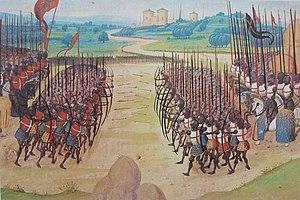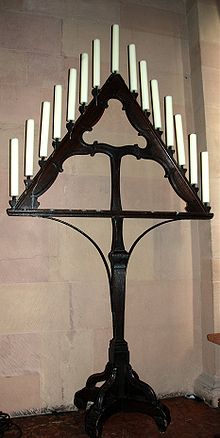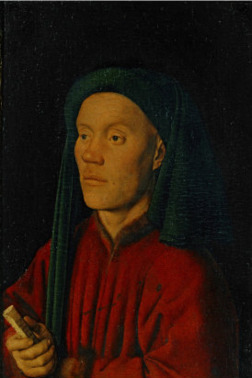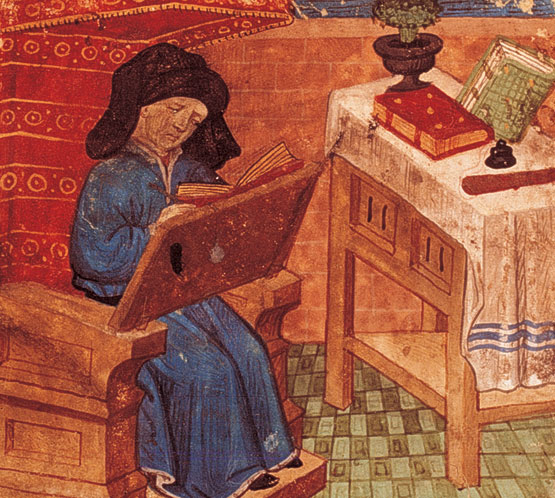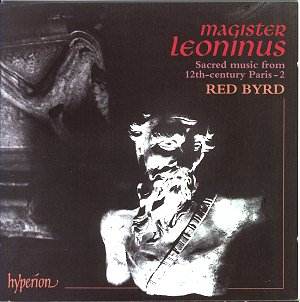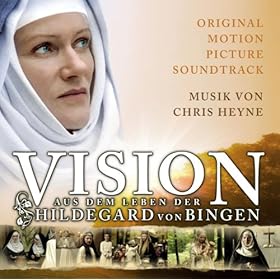Jacob Arcadelt
(1507-1568, Franco-Flemish, active in Italy & France)
** Il bianco e dolce cigno (黑白溫馴的天鵝) madrigal (牧歌)
** Il bianco é dolce cigno / The white and sweet swan
* 北意大利 * 世俗化 * 重複歌詞 * 音樂不重複 * 通常無伴奏 * 3至6人
* 北意大利 * 世俗化 * 重複歌詞 * 音樂不重複 * 通常無伴奏 * 3至6人
Gastoldi
(c.1554–1609, Italian, late Renaissance and early Baroque)
He is known for his 1591 publication of balletti for 5 voices.
** Amor vittorioso (勝利的愛) balletto (巴利托/小型舞曲)* commedia dell'arte (即興喜劇) * 可唱可舞 * 'fa la la' 副歌 * 快速,單音織體 * 歌詞分段,旋律重複(strophic/分段歌詞)
 |
| Clothing of characteristic characters in commedia dell'arte |
Giulio Caccini
(1551–1618, Italian, late Renaissance and early Baroque eras)
In reality, the composer was not Gullio Caccini, but Vladimir Vavilov (1925-1973, Soviet Russian) in 1970.
* Popularized by Andrea Bocelli
* Popularized especially by Inessa Galante
= = = = = ^ = = = = =
Jacob Obrecht
(1457-1505, Flemish)
“The number of voice parts in the 5 movements increases (by 1 per movement), from 3 in the Kyrie, to 4 in the Gloria, and so on, up to 7 in the Agnus Dei.”
“His choral setting of the Salve Regina may have been performed both in church and at popular, secular festivities, perhaps with instruments. Despite its modest scoring, which allows references to the original antiphon to shine through, the texture is surprisingly rich and sonorous.”
His 4-part Marian Mass setting, lasting over an hour, shows his ingenuity with a large canvas.
A motet composed in honor of his father, Guillermus
Clément Janequin
(c.1485-1558, French)
- a popular chanson imitating the noise of battle
- celebrating Francis I's victory over the Swiss at the Battle of Marignano in 1515
- a short melody imitating the sound of Parisian street life
* Le Chant des Oiseaux / 鸟鸣
- in 1530, this song to celebrate Francois I (1495-1515-1547)'s entry into Bordeaux brings him public fame
For 2 trumpets and 2 trombones
Alexander Agricola
(c.1446-1506, Belgian)
* L'eure Est Venue / The hour has come
John Taverner
(1490-1545, English)
Taverner wrote 8 Masses in all.
* The tune for the “In nomine Domini” (In the name of the Lord) section of his Missa “Gloria tibi Trinitas” (Glory to you, Trinity) became one of the most popular cantus firmus (fixed melody) melodies for instrumental music in England, in a genre known as the “In nomine” in honor of Taverner's vocal original.
* Magnificat à 4, for 4 adult male voices, whose text contains the words of the Virgin Mary at the Annunciation.
Note: The Magnificat (Latin for "[My soul] magnifies [the Lord]") is a canticle, also known as the Song of Mary or the Canticle of Mary. 


